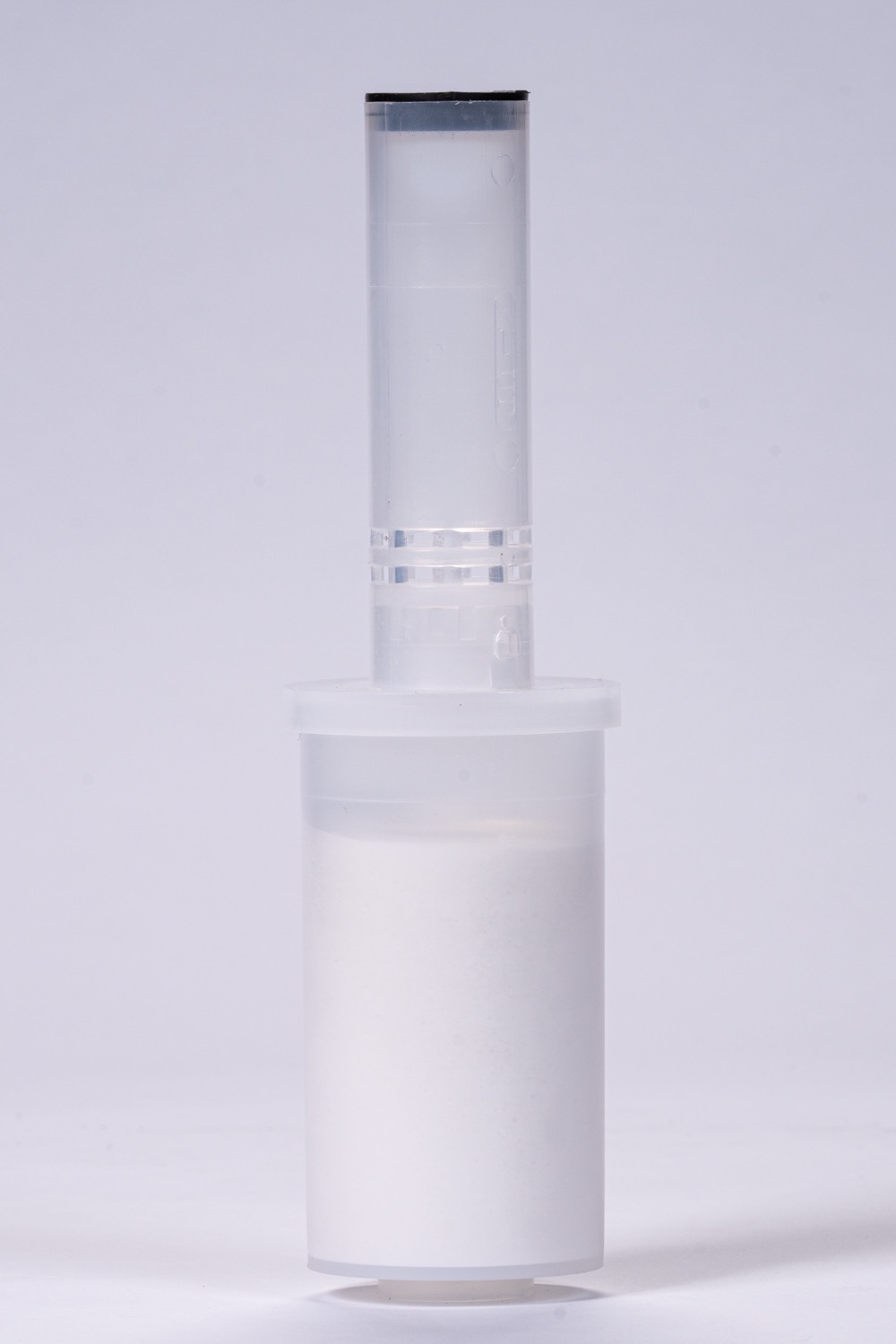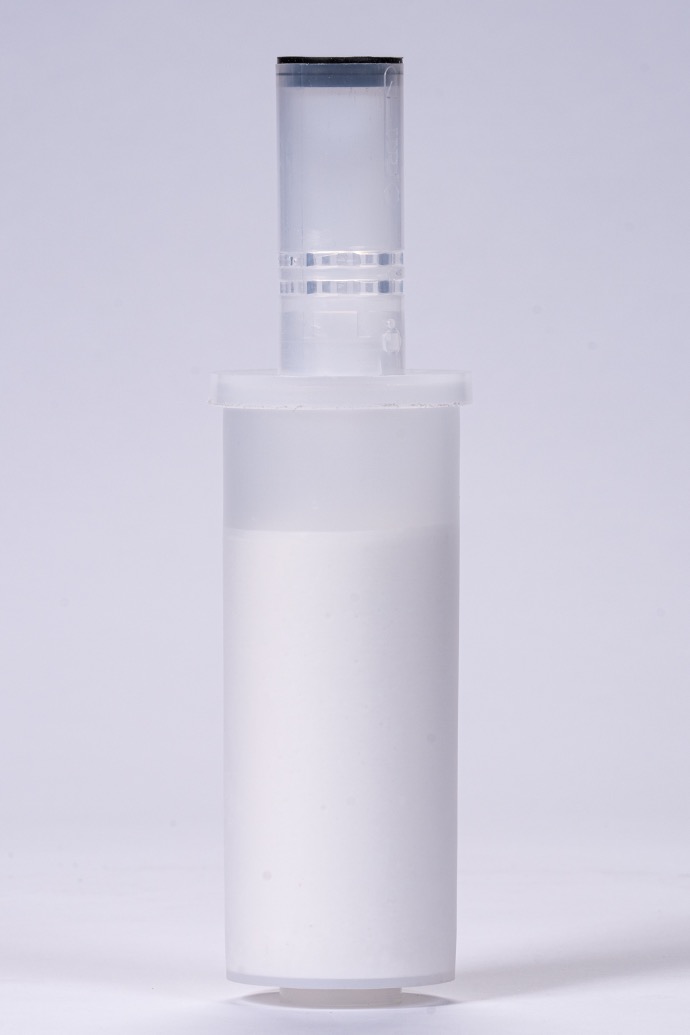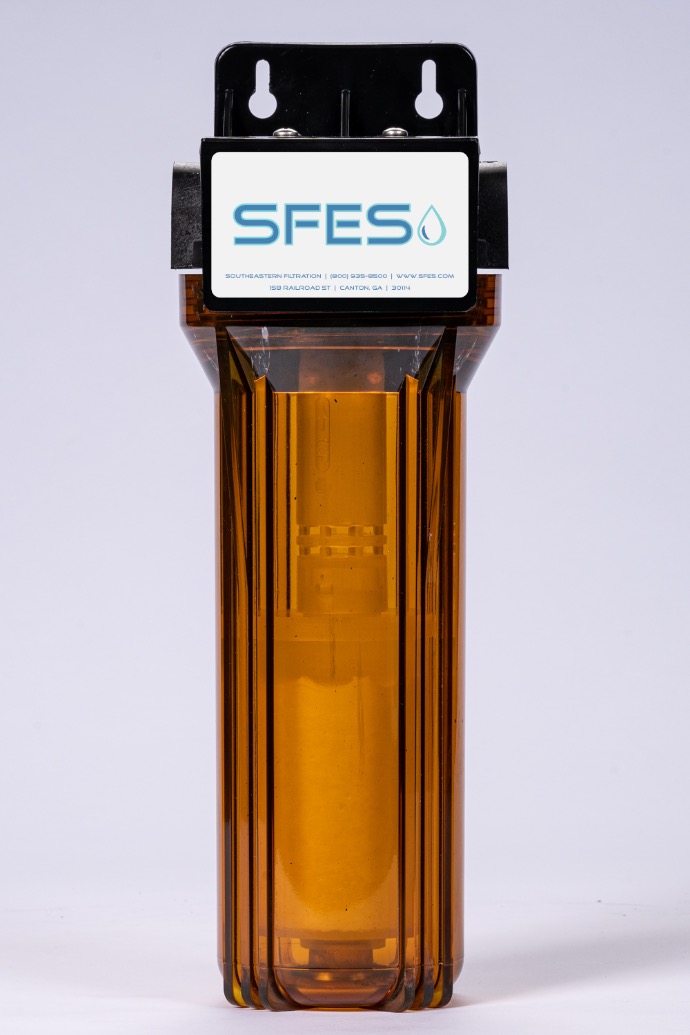Up until recent times,
the primary choice for consumers have been the standard tank style water heaters.
Compared to
tankless water heaters, standard tank style heaters are much less efficient in the heating of water. There is one advantage tank style water heaters have over the relatively new tankless technology, that is their ability to continue providing hot water in high water hardness conditions. Even with considerable amount of mineral scale deposits, traditional tank style heaters will continue to heat water until the desired temperature is reached, despite the fact that the process is even more wasteful of energy when mineral deposits are present.
Tankless water heaters provide instantaneous heating of water and even moderate scale build up on heat transfer surfaces greatly diminish their efficiency thus requiring frequent deliming service in hard water applications. This is most evident in applications where a tank style system is replaced by a tankless water heater in hard water areas. Prior to replacing the tank style water heater, the home owner may have never had to replace elements or maintain the heater for problems caused by hard water mineral deposits.
Their tank style heater continued to work inefficiently, but still provided hot water. Once they replaced the tank style heater with a tankless heater, they found much to their surprise the need for periodic deliming. Tankless water heaters are much superior to tank style heaters in all aspects except water quality forgiveness. Many manufacturers and installers recommend the customer install a water softener.
Keep in mind that for various reasons, the customer did not feel the need to have a softener during the time that they did not have a tankless water heater. Now in order to solve mineral scale issues, they are required to purchase a water softener.
In some instances in moderate hardness applications, small amounts of scale will form in the tankless heaters and then break off in small pieces from the expansion and contraction of the heat exchanger during heating and cooling. The small bits of scale can cause shower heads and faucet strainers to plug periodically causing a maintenance headache.
Adding a water softener requires access to a drain, electrical plug, space, and usually ends up costing more than the tankless heater.
This is why HydroBlend/ScaleStick systems are the answer. These low-cost units can be applied anywhere along the water line feeding the tankless heater (right next to the heater or on the whole house). No need to add salt, just replace the cartridge on average once per year and the tankless water heater will be protected from mineral scale deposits.
SFES Tankless Heater Systems protects equipment by the following process




